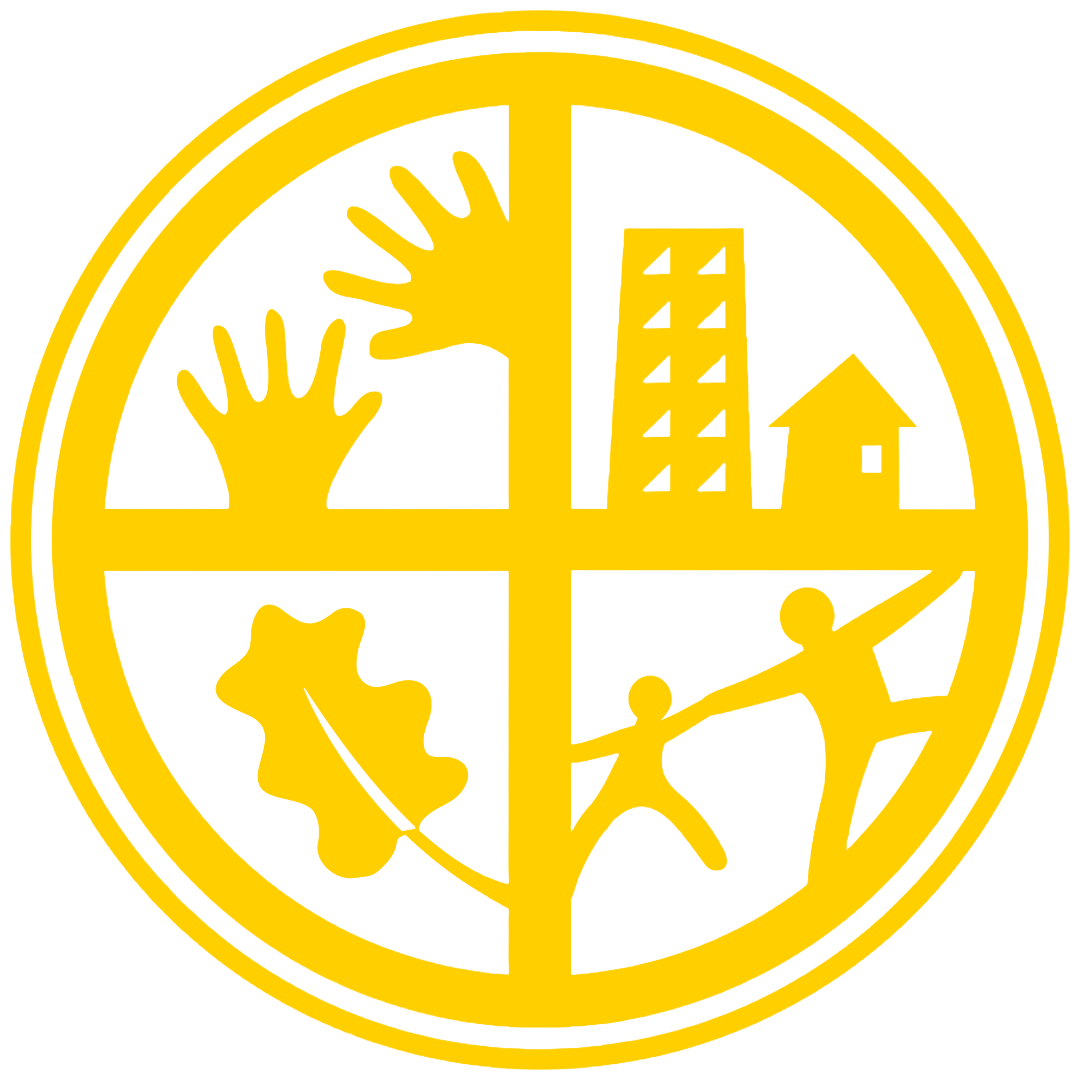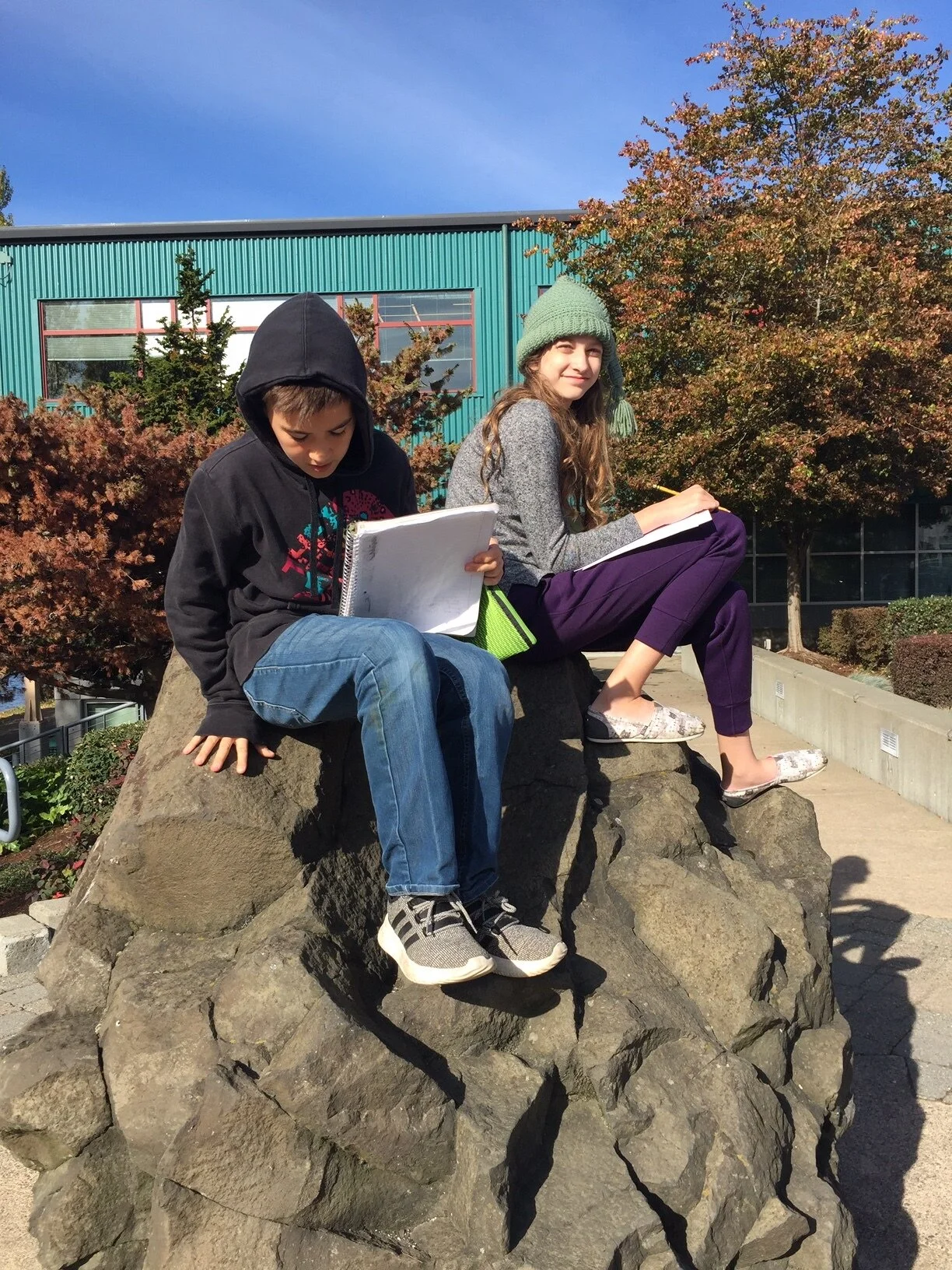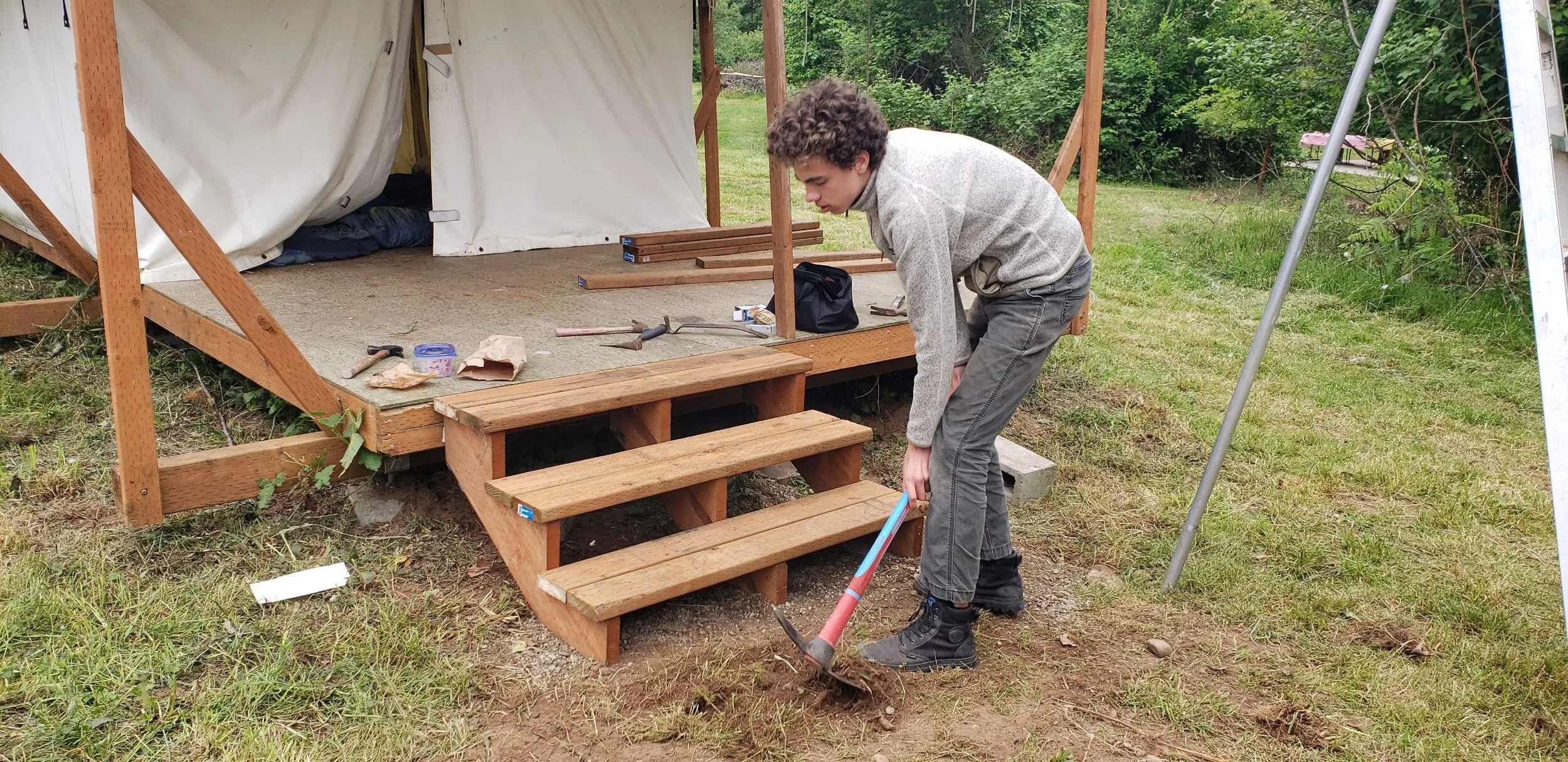From Academics to Baking to Construction, the Middle School Occupations Program Has its Own ABCs
Cooking!
One of the most unique elements of a Montessori middle school is the incorporation of concrete, physical, community-serving work opportunities within an engaging academic curriculum. We provide these opportunities through a structure we call the Occupations Program. This Montessori approach gives early adolescents space to contribute to and engage with the larger world in a meaningful way. During this unique developmental stage, work in the Occupations give young adolescents organized opportunities to contribute to and engage with the larger world in ways that make their work meaningful to them and allow them to feel just how capable they are.
Writer’s Workshop outing
At Pacific Crest, occupations can happen at the farm, on our urban campus or in ways that straddle both places. Work on the farm allows our teens, at this highly charged time of development, to engage with nature and its cycles and to tackle impactful, physical work that gives them a clear sense of their importance in the larger community. We are very lucky to have this incredible resource that few urban Montessori schools have. At our urban campus, a variety of occupations provide extra-academic, useful work projects that students engage in to serve the middle school community, the larger school community and our neighborhood and urban community. And the Middle School Farm Stand that students frequently host in front of the school is an excellent example of an occupation that links the farm to our home campus.
The occupations program may seem to stand apart from the academic curriculum, but it is in fact conducted in parallel, with overlapping skill and knowledge development. This year we are studying economics in humanities so there are some direct connections with lessons in profits/losses, supply, and budgets as the students think about our microeconomies. Students also have to problem-solve, communicate and meet hard deadlines with their small businesses-- skills needed in their academic subjects and in real life.
At the same time, engaging in occupations and micro-economies give students a break from academic work. Students can shine in non-academic ways, experience new challenges and appreciate that all types of work are engaging, rewarding and necessary. I’ve seen many students gain enduring confidence by working with adults outside of the normal day and gaining new practical skills.
Candle Making Occupation
This year both the occupations and the farm programs are going gangbusters, andthere are a few reasons for that. We worked over the summer to build in additional adult support for these programs and created a structure through which students can choose to participate more deeply. This is also the year for the Middle School Marketplace, which falls once every three years so that every Middle School student has an opportunity to participate. Finally, the occupations invite our students to pursue their interests, and this year we just have some students who are very dedicated to the program, executing goals each and every week.
Milkshake booth at the Marketplace
Our occupations run the gamut. We have the Farm Stand, which is a service for the larger school community and takes place in the fall and spring -- we’ve just wrapped up our fall run. The kids order produce from a list provided by Bob (often including produce the students have just harvested); they decide what to order, buy it at wholesale, advertise, set up and run the stand, and do some tracking afterward to inform the next cycle.
One of our other larger occupations is the Middle School lunch program. Held on Thursdays, this involves a rotating set of 6-8 students who create a menu, plan the meal, work within a budget, shop, cook and set up to serve a delicious meal for up to 60 students and staff to enjoy together. Other occupations include a candle-making business, our card-making business, ongoing volunteer work at the University Food Bank, producing the annual literary journal and yearbook, and working to assist small groups of lower elementary students (in baking projects, P.E., Ultimate Frisbee, reading and the Art Studio ). We’re also considering a public art undertaking this year.
The occupations program at Pacific Crest allows our students to develop as whole individuals, building pride and enthusiasm, during this critical and unique stage of development. Montessori described this age as one needing deep connection with community and peers and the strong support of adults, twined with increasing opportunity for independence, the calming influence of nature, pathways to self-realization and a sense of self in relation to society. Just at the time when students are most yearning to become a part of the larger community, to transition from the family stage to the societal stage, we give them an academic understanding of our world coupled with a variety of ways to engage this world in a tactile way. They can move between the academic and the practical. At the same time, they increase their trust in their own abilities to stand as an individual while serving the community in a meaningful way.
By Sean McKinney, Pacific Crest Middle School teacher and mentor
Improving the camp area on a Project Based Farm Overnight





